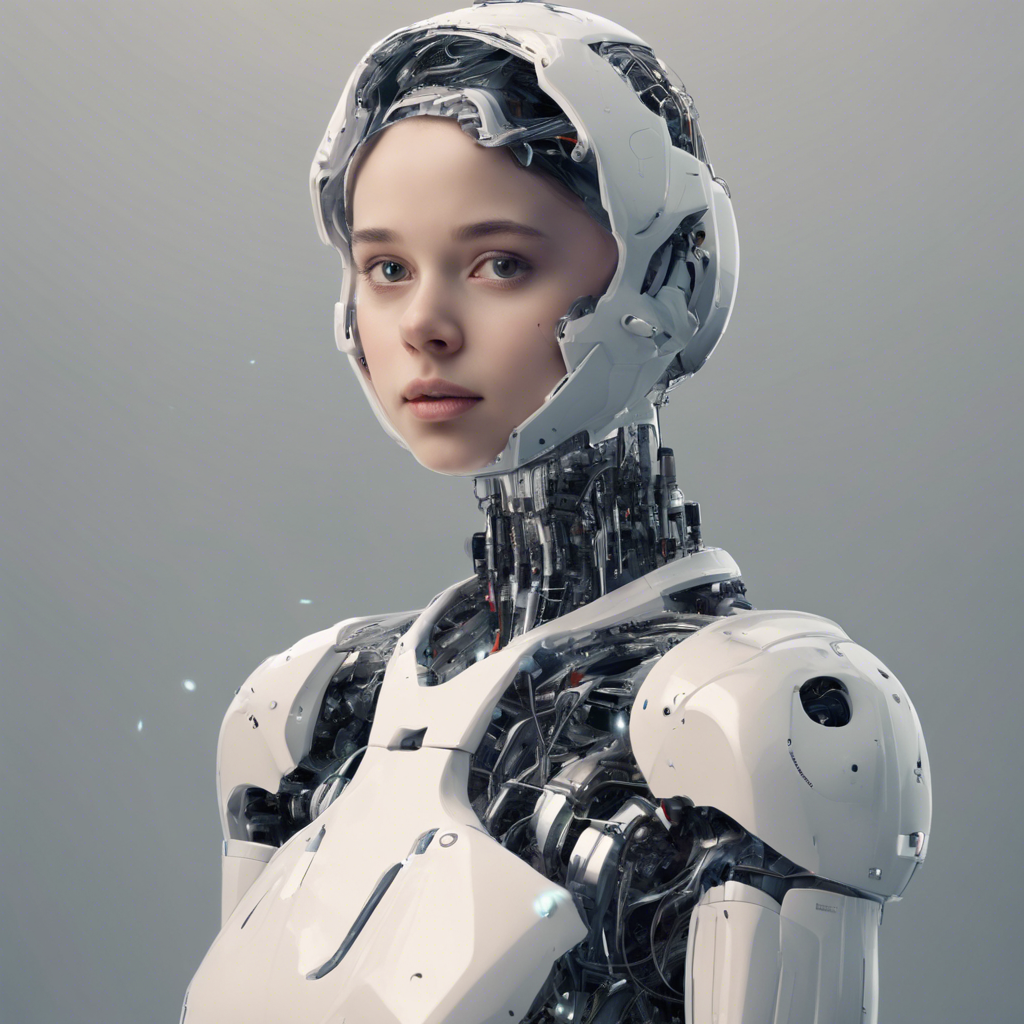Will animation be replaced by AI?
Will Animation Be Replaced by AI?
The world of animation has seen significant advancements over the past few decades. From hand-drawn classics to the photorealistic CGI blockbusters of today, the evolution of animation techniques has been breathtaking. However, with the rapid progress in artificial intelligence (AI) and machine learning, a pertinent question arises: will AI eventually replace traditional animation methods?
The Role of AI in Animation
AI is already making its mark in the animation industry. Tools powered by machine learning algorithms are being developed to streamline various aspects of animation production, from character design and rigging to motion capture and rendering. These technologies promise to reduce the time and cost involved in creating animated content, making high-quality animation more accessible to a broader audience.
Automating Repetitive Tasks
One of the most immediate applications of AI in animation is automating repetitive tasks. AI algorithms can analyze large datasets of animation frames to identify patterns and automatically generate intermediate frames, a process known as inbetweening. This can significantly speed up the animation process, allowing animators to focus on more creative tasks.
Enhancing Motion Capture
Motion capture technology, which records the movements of actors to animate characters, is another area where AI is making strides. AI algorithms can improve the quality of motion capture data by smoothing out unnatural movements and translating real-world actions into believable character performances. This not only saves time but also opens up new possibilities for character animation.
Generating Art Assets
AI can also assist in generating art assets for animations. Using neural networks, AI can create textures, design characters, and even compose backgrounds. These AI-generated assets can then be refined by artists, reducing the initial design phase's workload and fostering creativity.
The Potential for Full AI Animation
While AI is undoubtedly transforming animation, the question of full replacement is more complex. Animation is not just about technical execution; it's an art form that requires creativity, storytelling, and emotional depth. As of now, AI lacks the emotional intelligence and creative intuition that human animators bring to their work.
The Limits of AI Creativity
AI can mimic and generate variations based on existing data, but it lacks the originality and emotional depth that human creators bring to their work. While AI can enhance the technical aspects of animation, the creative vision, character development, and storytelling that define a great animation are uniquely human capabilities.
The Role of Human Creativity
The beauty of animation lies in its ability to convey stories and emotions that resonate with audiences. Human animators understand the nuances of character expression and body language, which are crucial for creating engaging and relatable characters. These subtleties are challenging for AI to replicate without human oversight and input.
The Future of Animation and AI
The future of animation is likely to be a collaborative effort between humans and AI. AI will continue to play a significant role in streamlining production processes, but it will complement rather than replace human creativity. Animators will use AI tools to explore new creative possibilities, enhance their workflows, and push the boundaries of what's possible in animation.
Co-creation with AI
Imagine an animator sketching out a rough concept for a character. With AI, this rough sketch can be transformed into a fully rigged and textured 3D model in minutes, ready for animation. This co-creation process can spark new ideas and accelerate the development cycle, allowing animators to explore multiple concepts quickly.
Ethical Considerations
As AI continues to integrate into the animation industry, ethical considerations must be addressed. Issues such as copyright, the authenticity of AI-generated content, and the impact on employment in the animation sector need to be carefully managed. Transparent guidelines and regulations will be essential to ensure that AI's integration into animation benefits the entire industry equitably.
Conclusion
While AI is poised to revolutionize the animation industry, it is not a replacement for human creativity and emotional depth. Instead, AI offers a powerful toolset that can enhance the animation process, freeing artists to focus on the storytelling and character development that are the heart of animation. As we stand on the brink of this new era, it's clear that the future of animation will be a vibrant partnership between human ingenuity and artificial intelligence, creating a landscape of possibilities that neither could achieve alone.
In the end, the question isn't whether AI will replace animation but how we will harness this newfound power to tell more compelling stories, create more expressive characters, and share more profound emotions with audiences around the world. The future of animation is bright, and it's being written not just by the next technological breakthrough but by the creative spirit that has always defined the art form.
Discover more from EMD
Subscribe to get the latest posts to your email.
